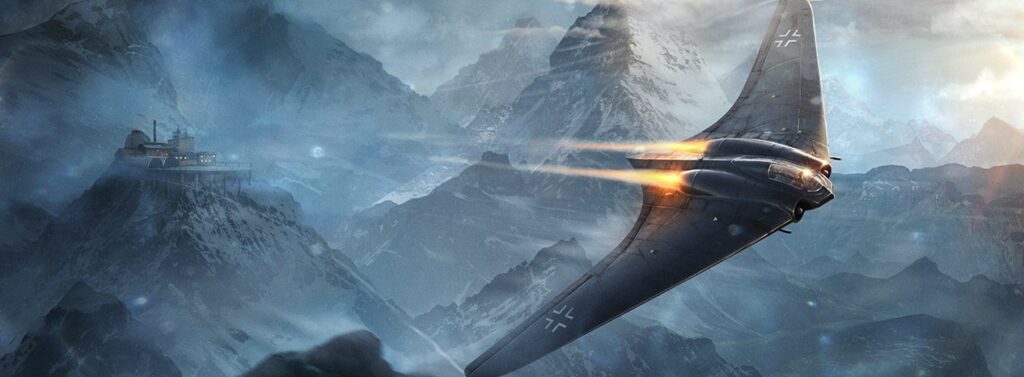The Horten Ho 229, a sleek, futuristic aircraft designed and built by the Horten brothers in Nazi Germany during World War II, holds a unique place in aviation history. Often considered the world’s first flying wing fighter jet, the Ho 229 was a bold attempt to address the increasingly desperate situation faced by the Luftwaffe towards the war’s end. While ultimately unsuccessful in influencing the conflict, its innovative design continues to fascinate aviation enthusiasts and inspire modern aircraft development.
The Horten Brothers: Visionaries of Flight
Walter and Reimar Horten were German aviation pioneers who dedicated their lives to exploring unconventional aircraft designs. Driven by a desire for efficiency and performance, they believed in the potential of the flying wing concept, an aircraft with no distinct fuselage or tail. They argued this would reduce drag, leading to increased speed, range, and maneuverability.
Prior to the Ho 229, the Horten brothers experimented with various gliders and propeller-driven aircraft based on the flying wing principle. These earlier designs provided valuable data and experience, paving the way for their ambitious jet-powered fighter.
The “3×1000” Requirement and the Ho 229’s Birth
In 1943, Hermann Göring, head of the Luftwaffe, issued a challenge: a fighter capable of carrying 1,000 kg of bombs over a distance of 1,000 km at a speed of 1,000 km/h. This ambitious “3×1000” requirement spurred the Hortens to propose their jet-powered flying wing. They believed their design could meet, and even exceed, Göring’s specifications.
The Ho 229 was a radical departure from conventional aircraft of the time. Powered by two Junkers Jumo 004B turbojet engines, it featured a smooth, aerodynamic wing constructed primarily of wood, utilizing a plywood skin treated with a charcoal-based adhesive. This adhesive, although initially intended to provide structural strength, has fueled speculation (though largely debunked) that it was used for radar absorption, making the Ho 229 an early iteration of a stealth aircraft.
Technical Innovations and Performance
Beyond its unique wing shape, the Ho 229 incorporated several advanced features for its time:
- Elevons: Acting as both elevators and ailerons, these control surfaces allowed for pitch and roll control.
- Early Ejection Seat: While not fully functional in the prototypes, the design included provision for a rudimentary ejection seat.
- Slotted Wing Tips: These helped improve low-speed handling and stall characteristics.
Test flights of the Ho 229 V3 prototype showed promising results. While precise performance figures remain debated due to limited testing and the war’s end, it demonstrated impressive speed and maneuverability. However, the aircraft also suffered from stability issues and required further refinement.

Production and Cancellation
Despite its potential, the Ho 229 faced numerous challenges, including material shortages, engine problems, and the chaotic conditions of wartime Germany. Production was planned at the Gothaer Waggonfabrik, but only a few prototypes were completed before the factory was captured by Allied forces.
The war’s end effectively canceled the Ho 229 project. The remaining aircraft and components were seized by the Allies for evaluation.
Legacy and Influence
Though never used in combat, the Horten Ho 229 left an indelible mark on aviation history. Its pioneering flying wing design inspired subsequent aircraft development, most notably the Northrop YB-49 and B-2 Spirit stealth bomber.
The Ho 229’s influence extends beyond its aerodynamic layout. Its use of composite materials and early experimentation with thrust vectoring can be seen as precursors to technologies found in modern aircraft.
Today, one of the surviving Ho 229 V3 prototypes resides at the National Air and Space Museum in Washington D.C. It serves as a tangible reminder of the ingenuity and audacity of the Horten brothers and their vision for the future of flight. The Horten Ho 229, a bold experiment born out of desperation, remains a symbol of innovation and a testament to the enduring allure of the flying wing. Its story serves as a reminder that even in the darkest of times, the pursuit of technological advancement can lead to groundbreaking designs that shape the future of aviation.









